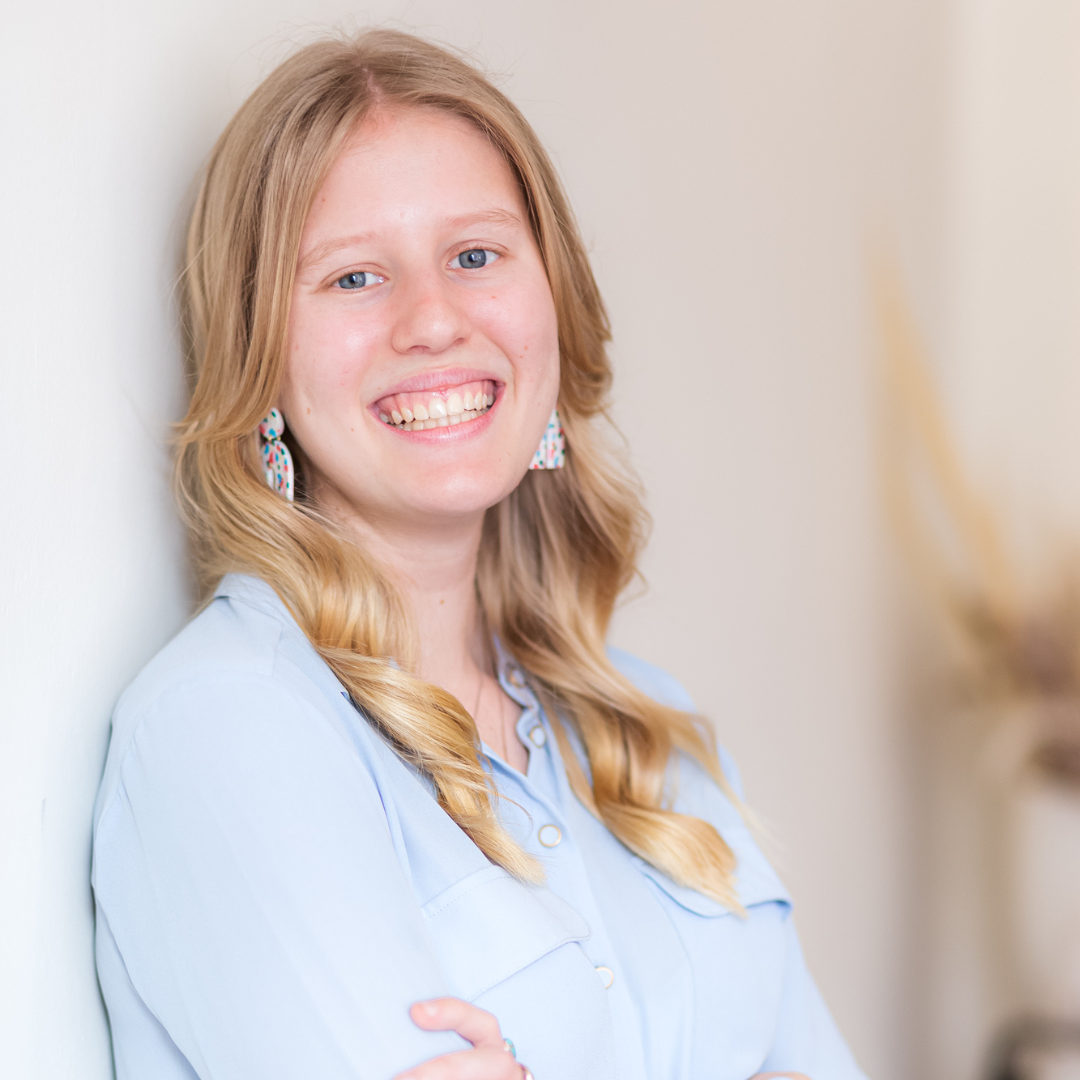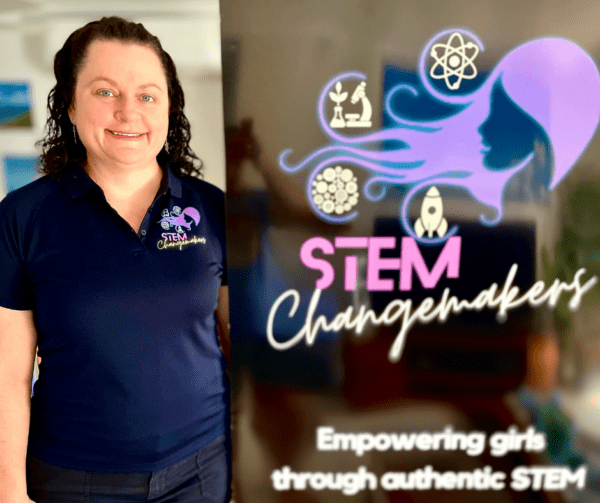As the sunniest city on Australia’s East Coast, Townsville will soon become home to a world-leading solar recycling and material recovery plant, following closely in the footsteps of Central Queensland.
The facility will recover raw materials from end-of-life solar panels, that would otherwise go to landfill, and reinvigorate a new market of onshore solar panel manufacturing.
The development comes after Victorian-based company, Solar Recovery Corporation (SRC), who provide circular economy solutions for solar panels, partnered with an Italian consortium, who has developed a recycling technology that is said to recover up to 99% of raw materials from end-of-life panels.
The model has been successfully proven and utilised in the EU for over a decade, and the first two facilities in Australia were established in Townsville and Biloela in March this year, with both sites now accepting end-of-life panels in preparation for the technology’s arrival in the coming months.

Director of Sustainability and Alliances, Rob Gell, says the facilities will aim to process 180,000 panels per annum, with the model intended to support the promotion of improved regional collaboration in areas of employment, procurement and supply chain.
“The project offers an opportunity to capture and kickstart the market by receiving all end-of-life solar panels from the North Queensland region and recover approximately 3,600 tonnes of valuable resources for Australian industry,” he says.
“The recovered materials will be repurposed into a range of manufacturing streams which will provide a circular economy solution for Australia’s growing panel problem, all the while reducing CO2 emissions.”
The company is currently working with surrounding regional councils – including the Whitsundays, Charters Towers, Burdekin and Hinchinbrook – to develop collection sites for the panels.
Unlike traditional processing methods that often utilise harmful chemicals or pyrolysis (a heat-based method that expels CO2), Rob says their technology uses a combination of mechanical, electrical and vacuum processes to sustainably recover materials such as aluminium, copper, glass and silicon, reducing the need for further mining of such materials in Australia.

“With over 90% of every panel comprised of glass, plastics or metal, there are significant opportunities for these recycled materials to fuel growing requirements within the manufacturing industry,” continues Rob.
“This includes the demand for quality glass in the manufacturing of glass containers, and solar panel plastics, which are currently being reused to create new materials and products by Townsville producers.”
Already, homes and businesses across North Queensland have turned to solar panels for the financial and environmental benefits they provide. However, this shift to a ‘clean economy’ has come with a cost. The current rate of solar panel recycling is less than 20% per panel Australia-wide, and the University of South Australia is forecasting more than 100,000 tonnes of solar panel waste will enter Australia’s waste stream by 2035.
“Townsville is a crucial link in the national roll out due to the high number of existing panels on the grid; both in terms of rooftops and solar farms,” adds Rob.
“As countries around the world move towards a more circular economy, we hope this will be an example of how we can recover valuable materials from would-be waste.”

Images supplied.








